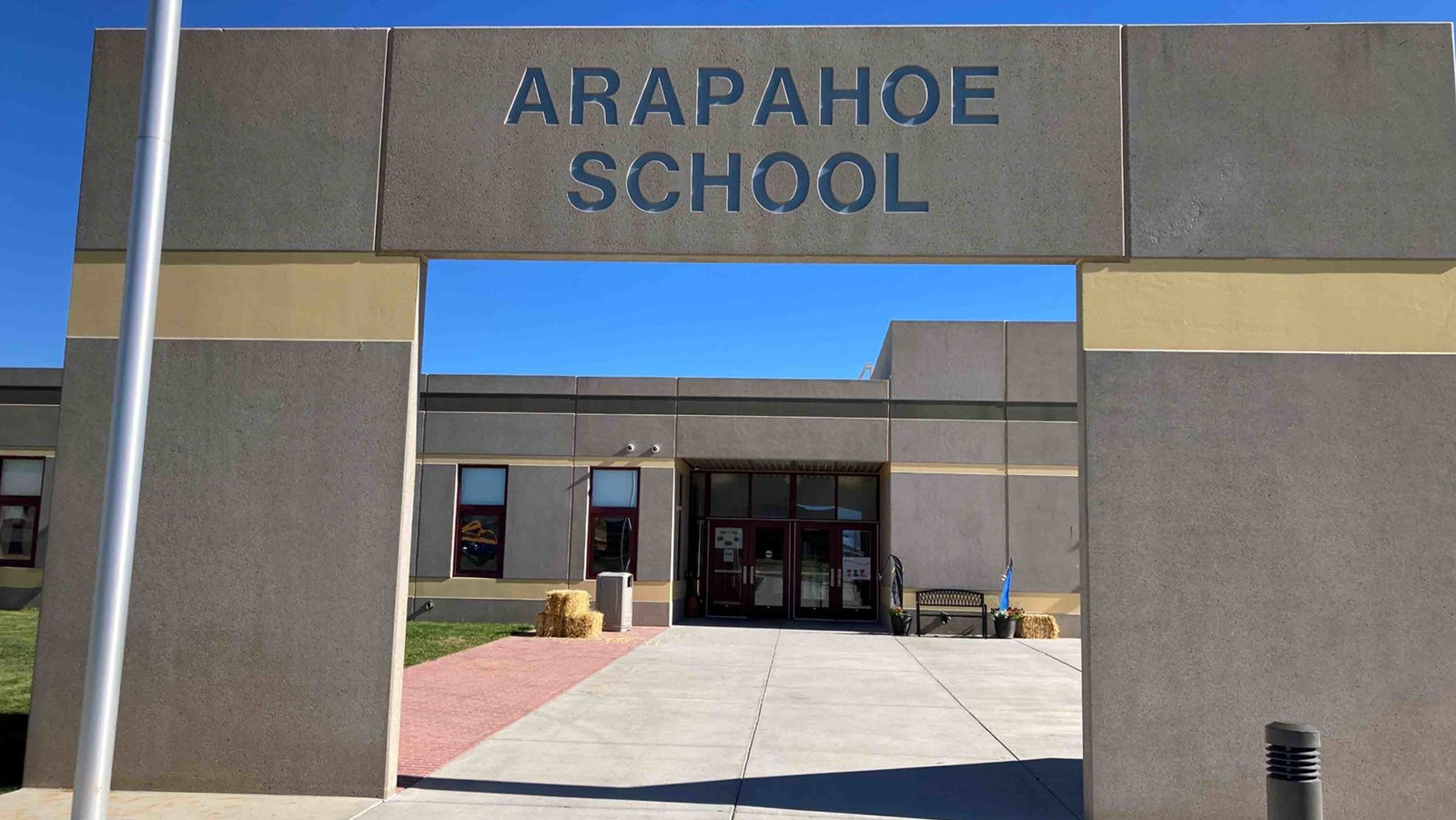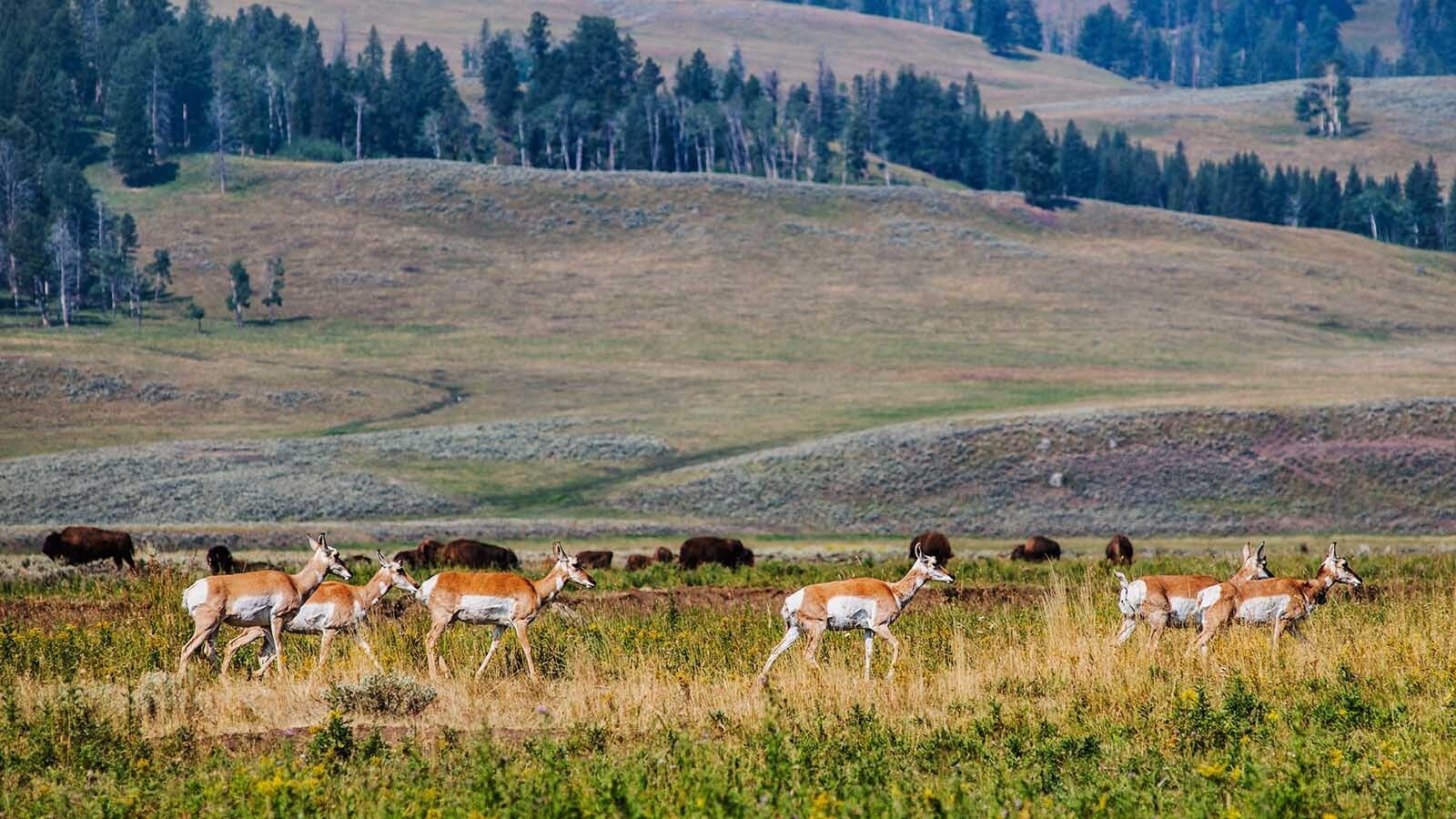In the summer of 2011, two veteran reading teachers moved their lives from Cheyenne to the Wind River Indian Reservation to hunker down with school children over a few good books.
Jane Brutsman, who now teaches special education at Cole Elementary in Cheyenne, and Joan Brummond, who has since died, built a reading program with 20 tutors serving about 145 kids that school year at the request of then-state Wyoming Superintendent of Public Instruction Cindy Hill.
A concerned teacher from the Arapahoe school district, Fremont County School District 38, approached Hill soon after she entered her elected position and urged her to focus on the children of the Wind River Indian Reservation.
The Arapahoe district is one of three state-funded school districts on the Wind River Indian Reservation, where poverty, unemployment and other factors consistently yield the lowest standardized test scores for literacy in the state.
“I saw how bright and intelligent the kids were, and I just could not see how they could not score well, especially in reading,” recalled Randy Tucker, who was Arapahoe School’s technology director at the time and who has been a longtime coach and teacher in Fremont County.
Tucker took his concerns to Hill.
“I called Cindy and said, ‘We’ve got to do something. These kids are too smart, they’re too bright, they’re too talented, to have this low of scores,’” Tucker told Cowboy State Daily.
Hill was receptive, but knew she had to mobilize some forces. She had her assistant superintendent, Sheryl Lain, coordinate the program. They convinced Brummond and Brutsman to be their boots on the ground.
“There isn’t a person that Joan Brummond couldn’t teach to read,” said Hill. “She was retired and willing to come and work with them, which was really a gift. Jane joining her was another gift.”
But There Was No Heat
The two educators moved to the reservation region for the school year.
Brutsman recalls those days with a laugh. She and Brummond lived together in a school staffer’s casita in Riverton that summer, but there was no heat. When the October nights grew cold, Brutsman stayed in a Lander hotel for a month.
“Housing was really tough, you couldn’t find anything,” said Brutsman.
But the community knew why the women had come, and people came together to find them housing, she said.
Brutsman moved into a Lander apartment. The apartment managers gave her a good deal on rent.
Brummond brought her husband to the region and the couple rented a house, said Brutsman.
Put Me In, Coach
Though they bounced from home to home, the women found a haven of promise inside the classroom. They used an old school building at the Arapahoe elementary school for focused reading time with kids ranging from third to eighth grade.
They pulled about 20 tutors into service. Some were retired teachers, others were fresh out of college. Some had lived on the reservation for years.
Sheryl Lain, who closely oversaw the program, said the tutors weren’t all experts in reading instruction, but they were the “coach” type – motivational people who can put good strategies into play. The tutors took marching orders from Brummond, Brutsman, Lain and other Department of Education staffers back in Cheyenne, Lain recalled.
Brutsman said they focused on kids who were performing poorer than at least half of their peers.
They pulled them from class for a half hour each day to focus on reading comprehension.
Like The Wind
Those kids could already read like the wind, said Lain. Their school had emphasized phonics: sounding out letters and words. And they read quickly.
But the alternate universe stashed between book covers wasn’t real to them. They lacked reading comprehension, which is why their state test scores for reading were dismal.
In the 2010-2011 school year, 81.6% of Arapahoe school third graders tested below proficient in reading. The remaining 18.42% were proficient, but none tested in the “advanced” category.
Wyoming third graders on average in 2010-2011 were, conversely, 65% proficient and advanced, and 35% below proficient in reading statewide.
Wyoming’s eighth graders on average were 77% proficient and advanced, and 23% below proficient for reading. Arapahoe eighth graders tested 47% proficient for reading with no students in the advanced category, and 53% below proficient.
Their books made sounds in their heads, but not images.
So the coaches emphasized comprehension, said Lain. Shoulder to shoulder, sitting with their tutors for half an hour each day, students worked through difficult words. They inferred. They found context, and reason.
If a child made an illogical step while reading aloud, his tutor was quick to correct him.
Another key, said Lain, was finding books that interested the children. And the stories came alive in their heads.
“They could picture things,” said Lain. “It worked very well.”
Reading The News
Hill rolled up her sleeves too. She visited the Arapahoe school 17 times that year, she said. Her senior staffer Kevin Lewis, along with a district employee, conducted follow-up interviews at the students' homes. He also invited the families to a celebratory feast, said Lewis.
“Grandmothers who couldn’t read were suddenly getting the news read to them by their granddaughters,” Lewis said. “They loved that children in their care were reading.”
Doubling Success
Third grade reading proficiency nearly doubled, from 18.4% proficient in 2011 to 34.2% in 2012. Fourth grade proficient and advanced scores grew from 47% to 59%.
Fifth grade scores went from 33% to 61% proficient and advanced. Sixth grade scores remained about the same with a negligible increase in the proficient category. Seventh grade scores gained 13 percentage points, ending with 59.2% proficient and advanced, and eighth graders gained 15 points in proficiency, up to 62%. In every grade except third, the majority of students were either proficient or advanced at reading.
But tracing the students as they grow paints an even more successful picture. The third graders from 2011 became the fourth graders of 2012. The students’ own proficiency tripled from their third-grade to their fourth-grade year.
Parents noticed behavioral changes for the better, Hill said. But also, a newfound passion for written stories.
“They were reading to their siblings,” she related from anecdotes of that year. “They were witnessing reading: not just the students reading to themselves but also to the parents … grandparents.”
A Hundred Thousand Or So
Wyoming’s block grant funding to K-12 schools in the 2011 fiscal year was about $1.25 billion.
Multiple people who were involved with the Arapahoe reading program estimated its cost about $150,000 in state dollars, in addition to funding the district found on its own. Official data was not immediately available by publication time Friday.
Based on the program leaders’ estimates, the state’s contribution was about 0.01%, or 1/1,000 of its entire budget for the fiscal year.
To Hill, it didn’t seem like much.
Looking For Answers
State lawmakers are again hunting for solutions to the low reading and other test scores in Wyoming’s reservation schools. They met with tribal leaders and education officials last week in Fort Washakie.
Sen. Affie Ellis, R-Cheyenne, who co-chairs the legislative Select Committee on Tribal Relations, expressed desperation at the July 13 meeting.
“I just am frustrated, and I don’t know what we can do. I feel like I’m at a dead end,” said Ellis. “Do we just say, ‘Those are the scores. It’s the reservation?’ Do we do that? I just don’t feel good about this.”
Hill in her interview said the children have just as much promise today as they did in 2011, but it may take input of Wyoming teachers who have been working in schools to pinpoint solutions.
“This isn’t about spending piles of money,” she said. “This is about focusing on the students in the school, and what works. And educators know what works.”
Crashing Down
Hill did not want to describe the way her term ended.
The Wyoming Legislature published a report of allegations against Hill and her office, characterizing the Department of Education as chaotic and stressful. The Legislature in 2013 passed a bill stripping Hill of her elected powers, letting then-Gov. Matt Mead appoint a superintendent instead. Mead signed the bill into law.
The Wyoming Supreme Court declared the move unconstitutional the following January, saying it impermissibly transferred the superintendent’s powers to a governor appointee. Hill returned to office for the remaining seven months of her term that May.
Hill’s ousting bitterly divided Wyoming’s Republican Party and remains a touchy subject.
Rep. David Northrup, R-Powell, who was a freshman at the time and voted in favor of the law, told Cowboy State Daily he now regrets doing so.
“Because it was unconstitutional,” he said. Northrup chairs the legislative House Education Committee.
Meanwhile, there was near-constant superintendent turnover at the Arapahoe School, according to Tucker and Lain. Tucker said an incoming, but short-lived, superintendent who took over the district didn’t like the Arapahoe reading program and discarded it.
Whatever the exact reason, the program only lasted one school year.
Once In A Lifetime
Brutsman said that, to her, the program cost did seem like a lot of money at the time.
“It cost a lot of money to pay all those tutors,” she said. “It was quite an expense.”
She also knew firsthand how labor intensive it was.
But for Brutsman, it was like getting a call from her own American Indian heritage. Her dad grew up on a reservation and attended a reservation school in South Dakota.
She treasures her memories of working on the Wind River. She attributed the program’s success to a supportive and willing community, engaged teachers and kids, and an incredible serendipity of the right circumstances.
“I’m not saying it was always easy. But you sure could – you know – you could keep moving,” said Brutsman. “It was just always in me to do something like that. The whole project just spoke to me, and I know Joan felt the same way.
“It was a once-in-a-lifetime experience.”
Clair McFarland can be reached at clair@cowboystatedaily.com.





